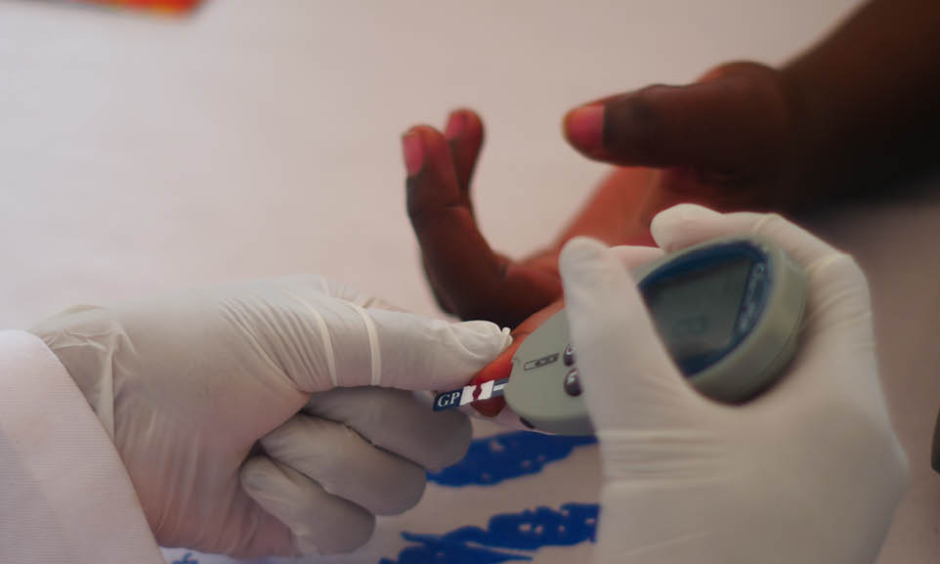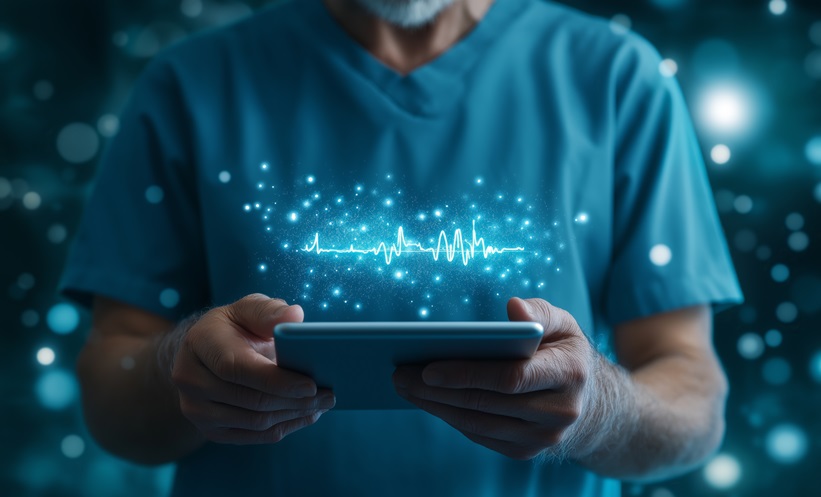Written by Lenos Archer-Diaby | Editorial Assistant, EMJ![]()
Introduction
In 1500 BC, clinical features similar to diabetes were described by the ancient Egyptians.1 True understanding of diabetes however, including the role of the liver in glycogenesis and the concept of the disease being causative of excess glucose production, only came to light in the early 19th century. In 1889, professors Josef von Mering and Oskar Minkowski identified the pancreas as the causative organ,1 prompting various animal experiments which resulted in the extraction of insulin in 1921.2 The discovery of insulin and its appliance has saved the lives of millions of patients, and the drug is now available in various forms including ultra-rapid and ultra-long acting. Additionally, insulin can be administered using pens and pumps, allowing patients to take autonomy over their condition management.
Despite these trailblazing discoveries and innovative methods of appliance, diabetes is still a major global health problem. Current International Diabetes Federation (IDF) statistics indicate that every 8 seconds someone is estimated to die from diabetes or its complications, with 50% of those deaths occurring in individuals under the age of 60 years.3 Combined with the fact that diabetes is a major cause of blindness, kidney failure, heart attacks, stroke, and lower limb amputation,4 these harsh statistics unearth the global burden of the disease and highlight the importance of improving diabetes awareness, diagnosis, and treatment. However, considering that >425 million people worldwide are currently affected by diabetes,5 a greater emphasis needs to be placed on the development of novel treatment approaches.
The chronic autoimmune disease Type 1 diabetes mellitus (T1DM) is characterised by insulin deficiency as a result of T-cell mediated pancreatic β-cell destruction6 and its treatment requires consistent doses of insulin through multiple daily injections or continues subcutaneous insulin infusion using a pump. Management of the disease places a heavy burden on the patient, requiring constant adherence to self-care behaviours, including scheduling meals, counting carbohydrates, and monitoring blood glucose levels.7 Optimism does exist for the future however, in that artificial intelligence (AI) is a promising and rapidly growing field posing great potential in its application to diabetes research.
The Artificial Pancreas
Research teams around the globe have been working on replicating the pancreas function for years. Patients with diabetes are now presented with a continuous glucose monitor, a small sensor inserted under the skin which monitors the accumulation or deficit of the simple sugar. Coupled with an insulin pump, which can continuously provide insulin to the patient through a catheter that sits under the skin, this system is known as an ‘artificial pancreas’. Equipped with a controller that can be embedded into one of the devices or to a smartphone, the patient is able to control insulin secretion levels using this ‘open loop’ system; however, this system still requires the patient to announce meals and calculate required insulin doses. The newest artificial pancreas systems are considered ‘closed loop’, rendering self-management by the patient obsolete and enabling software to receive and interpret signals from the monitor, determining the required amount of insulin, and instructing the pump to administer. One might believe that all hurdles have been overcome with this system; however, running a closed loop artificial pancreas has proven challenging such as the fact that meals cause a faster response in blood glucose concentrations than insulin delivered causing a lag in the reading.
Meal Detection Technology
Taking a further step forward, researchers at Stevens Institute of Technology, Hoboken, New Jersey, USA, have developed a system capable of detecting when a patient is eating and calculating the amount of consumed carbohydrates with unprecedented accuracy and speed. This allows patients with continuous glucose monitoring systems to be administered the correct insulin dose closer to the time it is needed, reducing the chances of dangerous fluctuations of blood glucose levels. Samantha Kleinberg, Associate Professor at Stevens Institute of Technology, stated: “This brings us a step closer to the holy grail – an ‘artificial pancreas’ that can quickly detect glucose changes, and correct them with an insulin pump, without the user having to do anything.”
The Always Learning Artificial Pancreas
The way individuals respond to changing levels of carbohydrates and their response to insulin is complicated, difficult to model accurately, and differs greatly from person to person. Rather than trying to explicitly understand the exact model for how bodies react to insulin and carbohydrates, and incorporate an ‘all-for-one’ approach, AI and machine learning may hold the keys to a different type of solution. Provided that enough data is available, machine learning is able to establish patterns within the date and make predictions from these. Continuous glucose monitors generate robust quantities of data and present an ideal symbiosis. The data from various patients with diabetes can be used to train the AI algorithms which can then be further implemented into the closed-loop artificial pancreas system. Because the system will continue to generate more individualised data, it can continue to learn, and each patient’s artificial pancreas can customise itself to the patient’s particular reactions over time. Only when this has been accomplished can we truly refer to it as an artificial pancreas.
Conclusion
Creating a continually improving self-regulating system is ideal, yet it is important to consider its safety. How can we ensure no errors have snuck themselves into the algorithm? As it stands, these systems will likely require careful monitoring by patients, doctors, and potentially the U.S. Food and Drug Administration (FDA) and European Medicines Agency (EMA). Furthermore, because AI cannot be listed as a medical device, would FDA jurisdiction be feasible? If an accident occurs, who is to take blame, the device manufacturer or the AI manufacturer? A key attribute of AI is its potential to analyse data, interpret it, and make decisions based of it, while continually learning from every intermission. On the downside, understanding the basis on which AI makes decisions will prove challenging because we would have to analyse the trained algorithm data which will not be straightforward and will be hard to interpret. On top of this, companies currently do not share their algorithms to allow for competitive advantage, which is counterproductive for a system that learns from its previous errors. Implementing AI into the artificial pancreas, akin to precision medicine, would provide a patient-tailored strategy and prevent the issues caused by patient noncompliance. Insulin appliance methods have made great advances since the extraction of the hormone in 1921, and it will be interesting to see how it will be used in the future, and if AI will be able to deliver an artificial pancreas worthy of the title.








